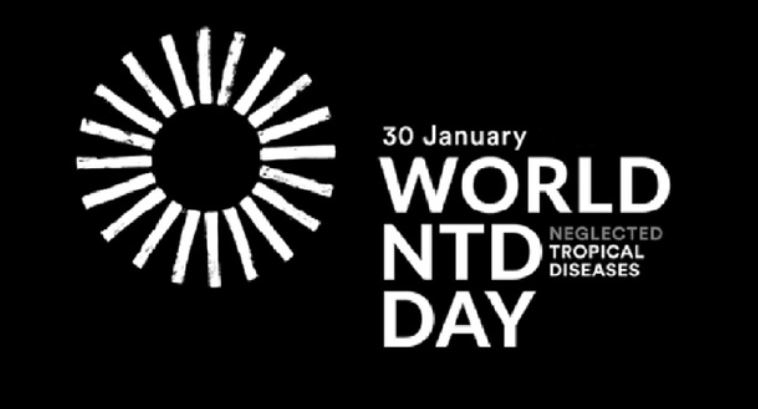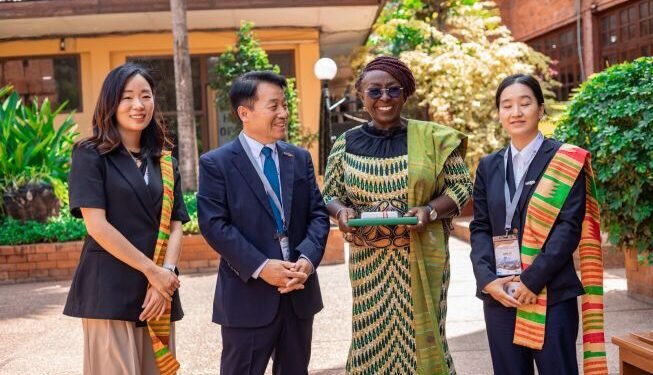The World Health Assembly, in a virtual Seventy-fourth meeting on May 27, 2021, endorsed a decision recognizing 30th January as World Neglected Tropical Diseases Day (‘World NTD Day’).
Prior to this formal recognition, the Partners celebrated the first informal World NTD Day in 2020. In 2021, many events were held worldwide including the illumination of several iconic buildings to shine a light on the suffering these diseases cause.
For countries where neglected tropical diseases (NTDs) are prevalent and for the global community of partners, this is a new dawn.
Several Member States were instrumental in generating consensus around World NTD Day. However, the United Arab Emirates proposed this decision which all the members unanimously adopted. The WHO believes with everyone’s support, it will raise the much-needed attention and visibility to these diseases.

“World NTD Day is in appreciation of the work spearheaded by the United Arab Emirates along with other Member States and partners to inspire and incentivize communities to fight these debilitating diseases” .
Dr Mwelecele Ntuli Malecela
Furthermore, Dr Mwelecele Ntuli Malecela said “this recognition will further motivate everyone to work across sectors to implement the new road map”. She explained that this road map “aims to free over a billion people from these diseases by 2030”.
World NTD Day commemorates the simultaneous launch of the first NTD road map and the London Declaration on NTDs on 30th January 2012. This day marked the beginning of the world’s biggest public–private sector partnership and members pledged substantially to end NTDs.
Impact of NTDs
NTDs are a group of conditions that affect more than a billion people. These people mostly live in marginalized, rural and poor urban areas and conflict zones. Although they are preventable and treatable, these diseases continue to cause devastating health, social and economic consequences. This is because of their intricate interrelationships with poverty and ecological systems.
Several NTDs disproportionately affect children, girls and women and the elderly. Some of these diseases with cutaneous manifestations are disfiguring, particularly for women. According to the WHO, this is “because they delay health-seeking behaviour, diagnosis and treatment”.
These diseases often leave visible scars, which have psychological, social and economic impacts that are amplified for women. This is because of gender-based cultural norms and expectations; children infected with soil-transmitted helminthiases are nutritionally and physically impaired.
Roles
The support of partners is crucial to accelerate the end of NTDs. Also, partners help to facilitate the adoption of grassroots approaches for NTD programmes. This will help access some of the world’s poorest and most hard-to-reach communities.

Moreover, the WHO highlighted the significant role of countries, health workers, volunteers and partners in the fight against NTDs. According to the WHO, these stakeholders play essential roles in implementing programmes that ensure equitable access to health care and services.
It also lauded the contribution of pharmaceutical companies who assist in capacity strengthening activities.
The NTD road map and additional efforts
Despite progress, the WHO calls for more involvement to end the neglect. As a result, WHO’s new road map for 2021–2030 calls for three strategic shifts to achieve this ambition. One of them is the shift from measuring process to measuring impact. It also highlighted a shift from disease-specific planning and programming to collaborative work across sectors. Furthermore, it calls for a shift from externally driven agenda reliant to programs that are country-owned and country-financed.
The global NTD partnership includes hundreds of organizations that support programme implementation and contribute to working with health ministries and communities. Assembly Assembly Assembly
READ ALSO: US economy to expand 6.5% in 2021- Moody’s























